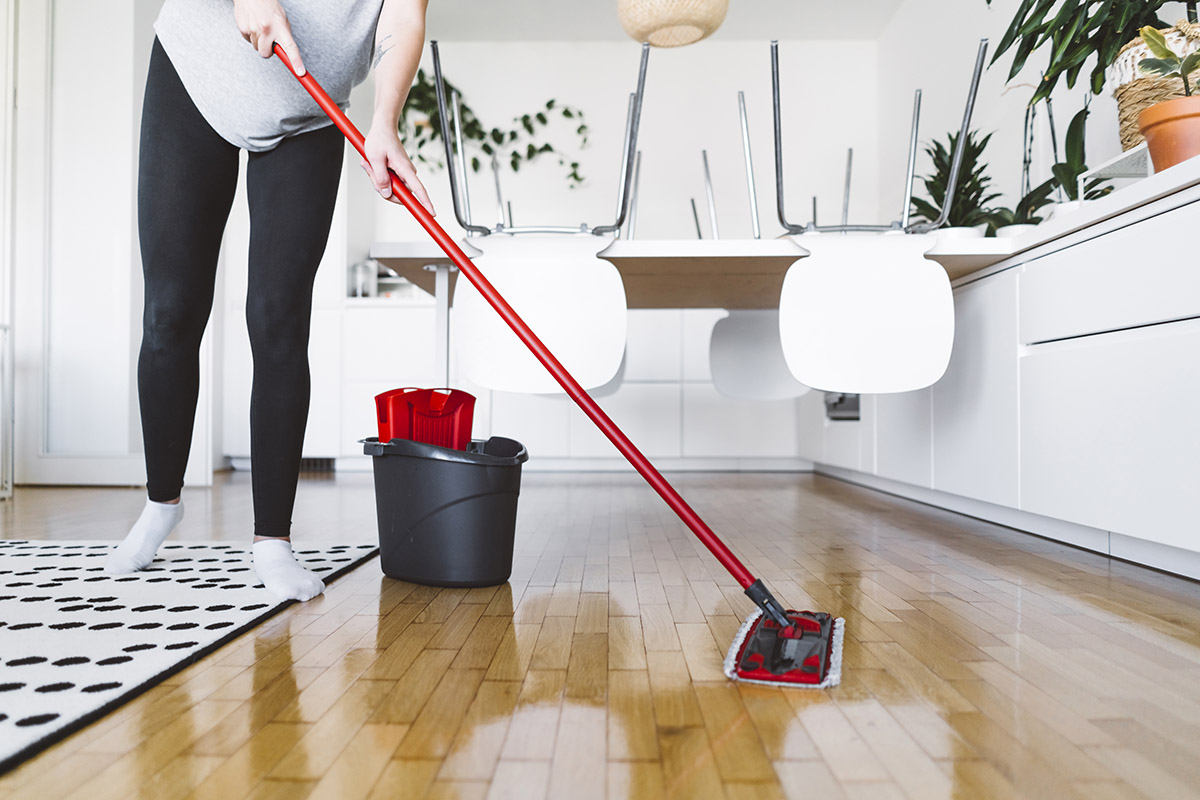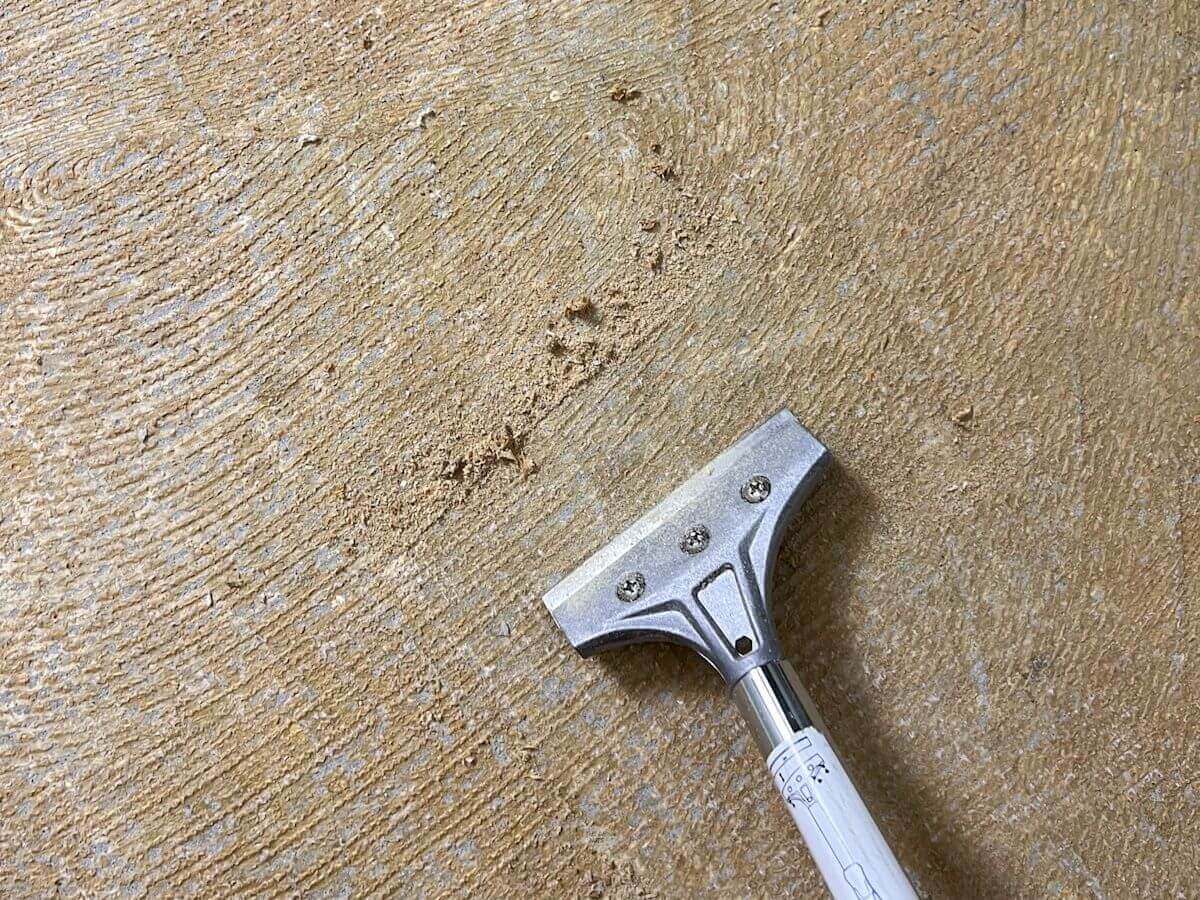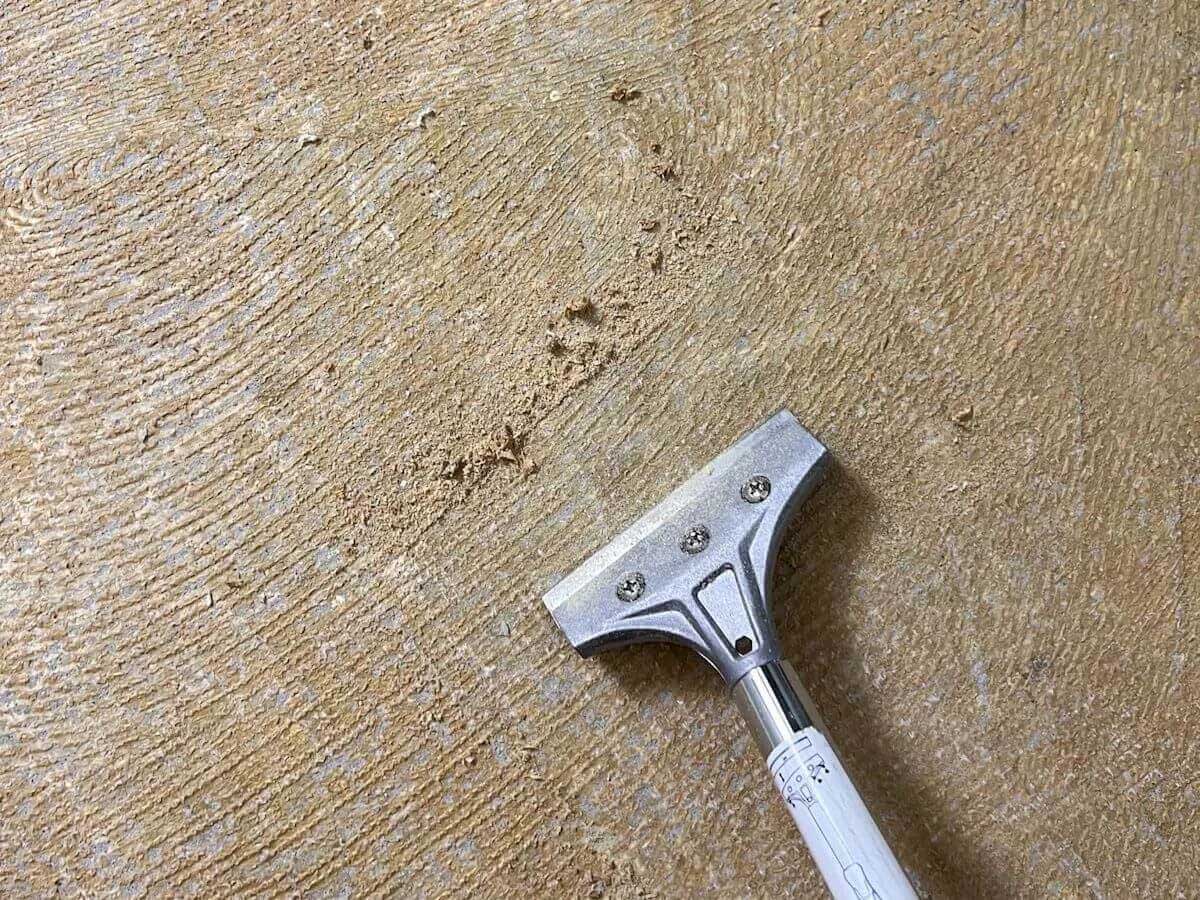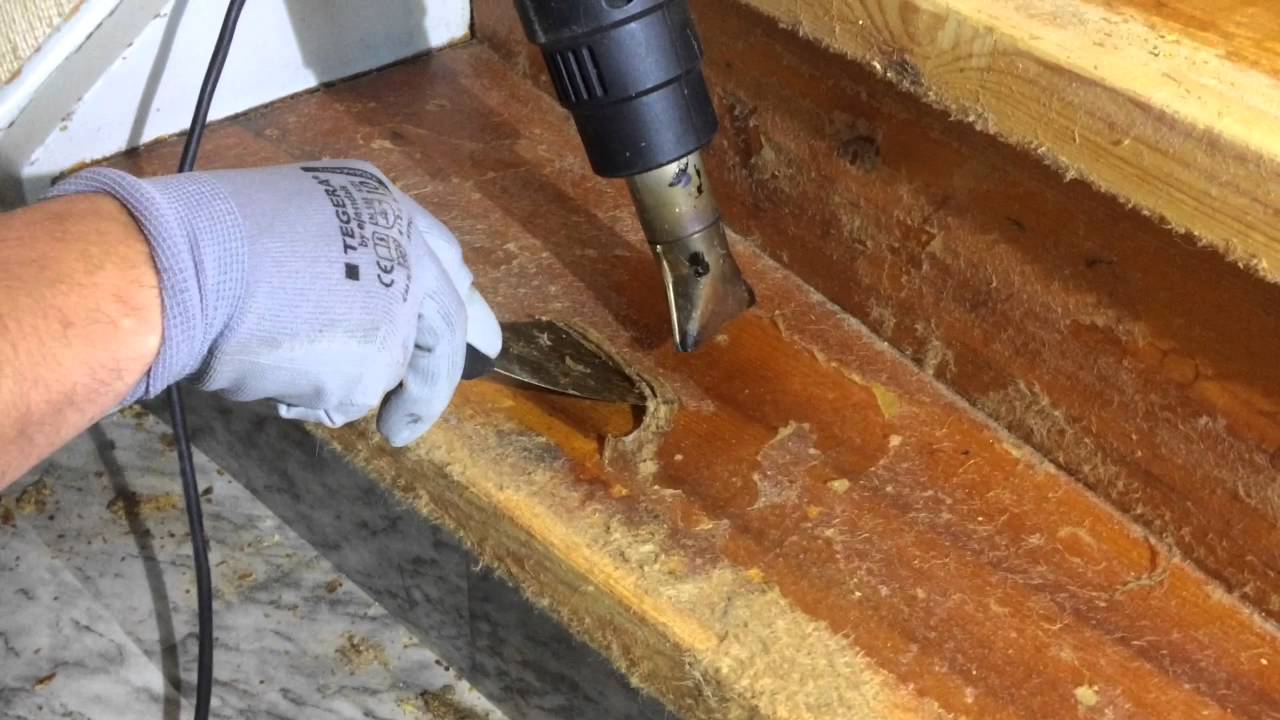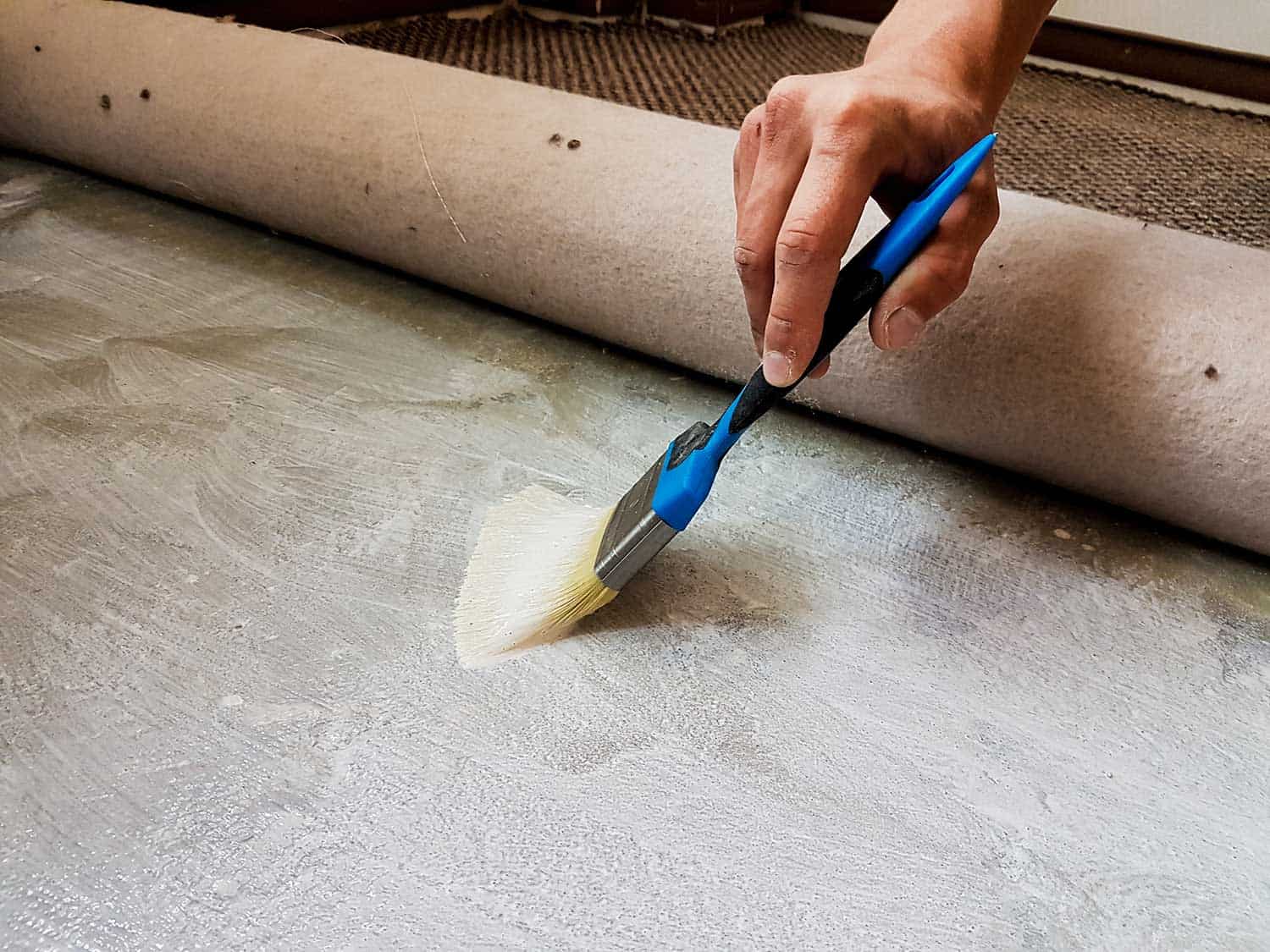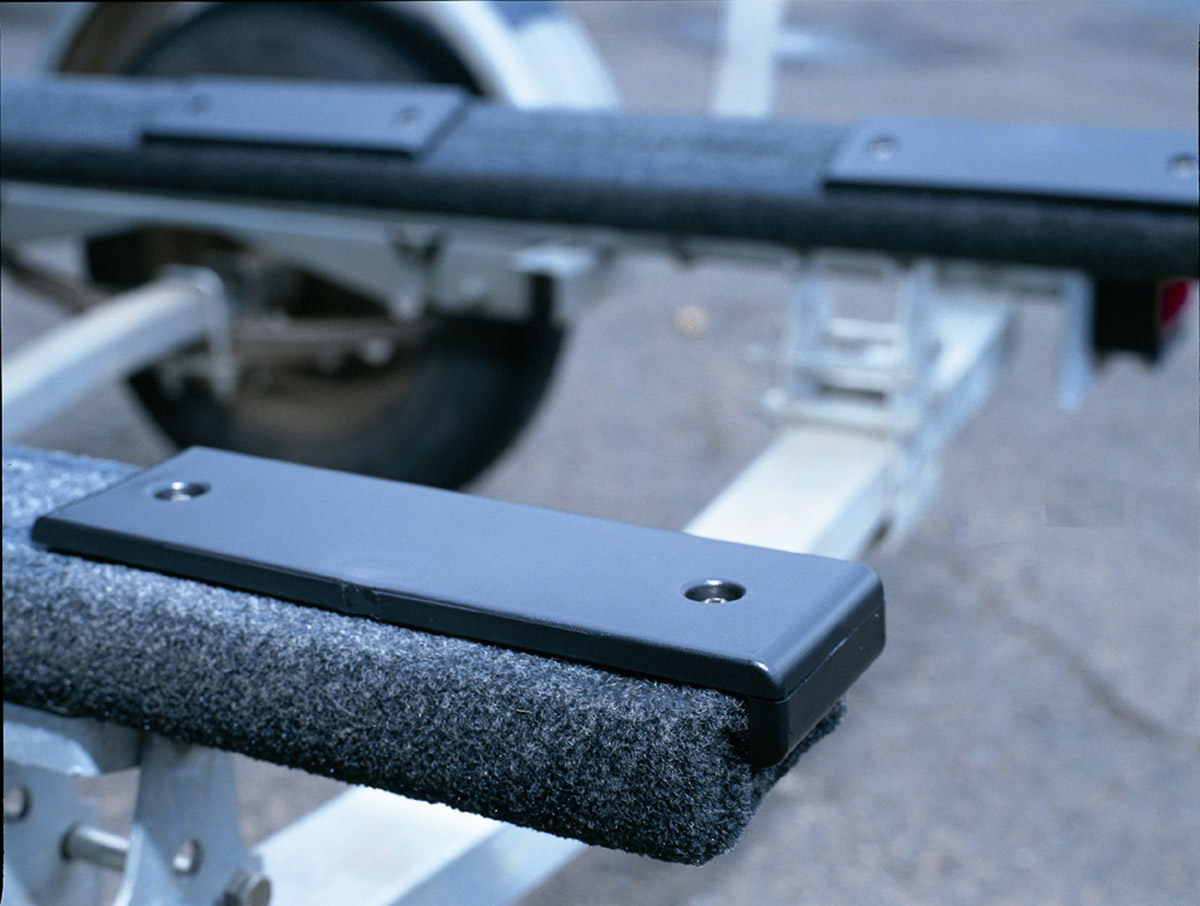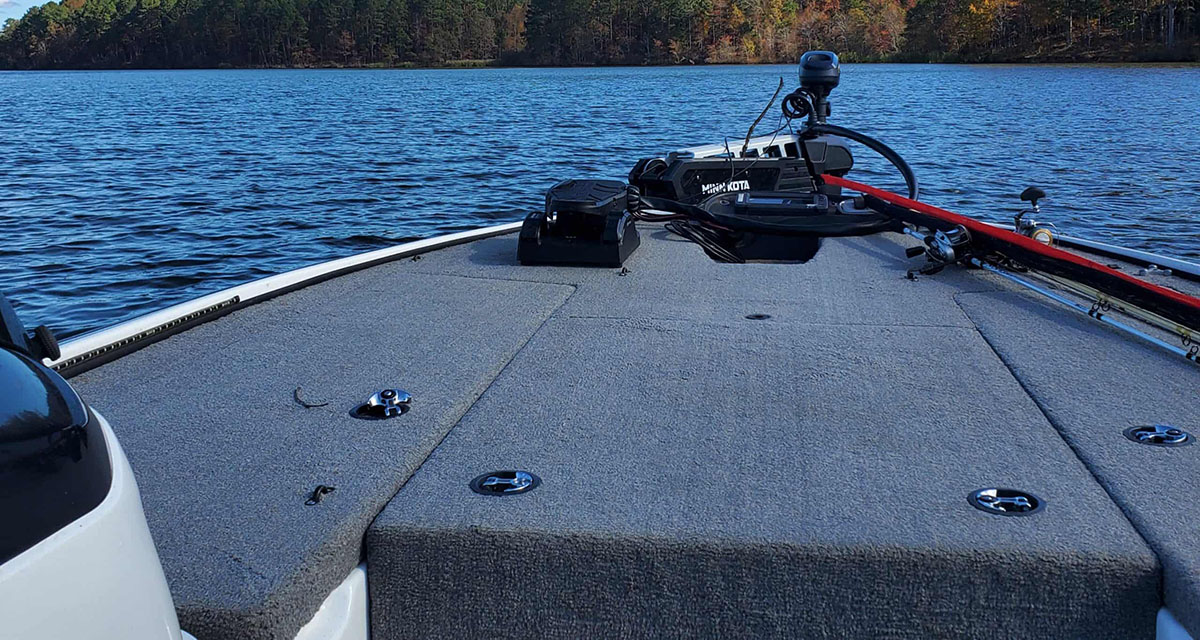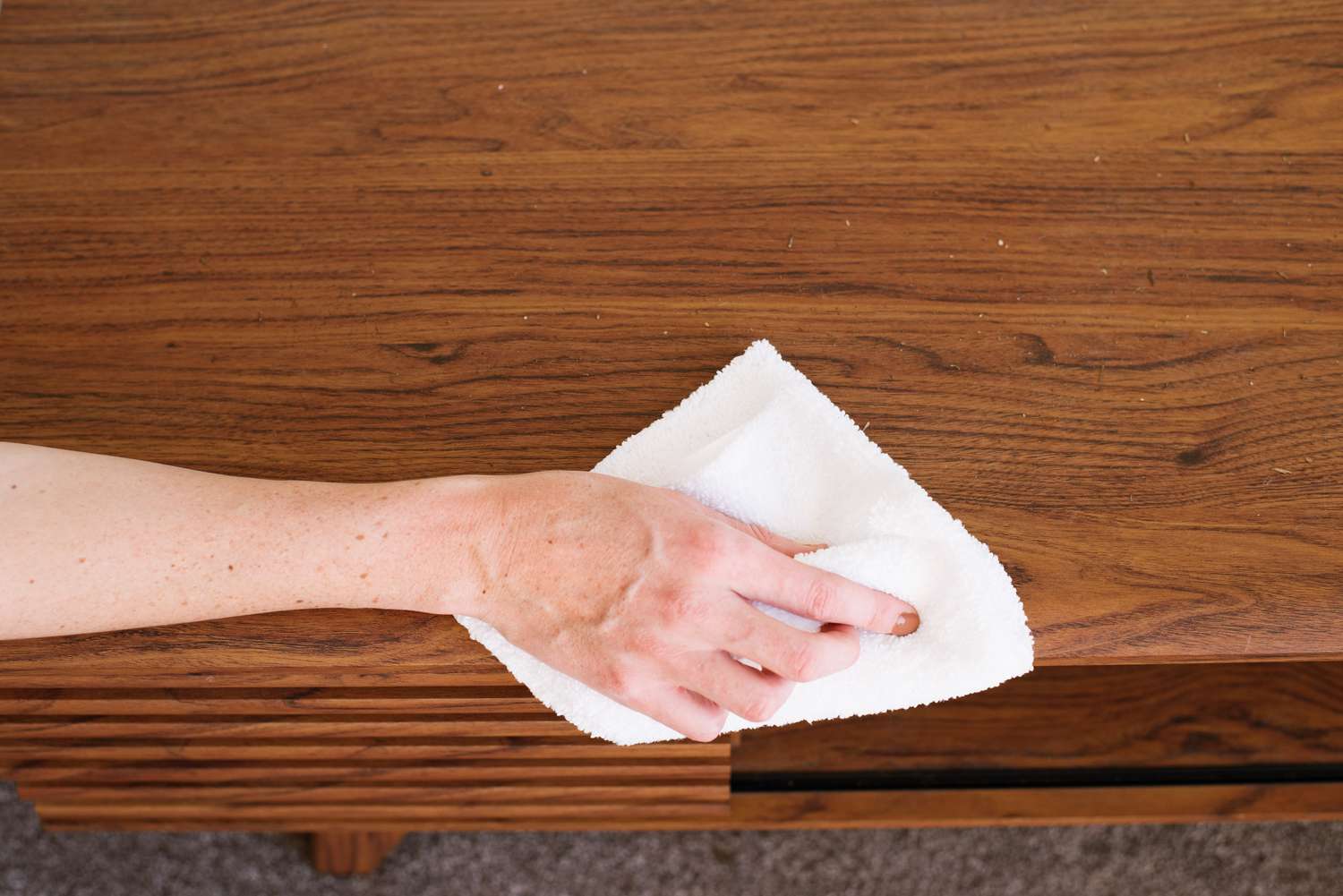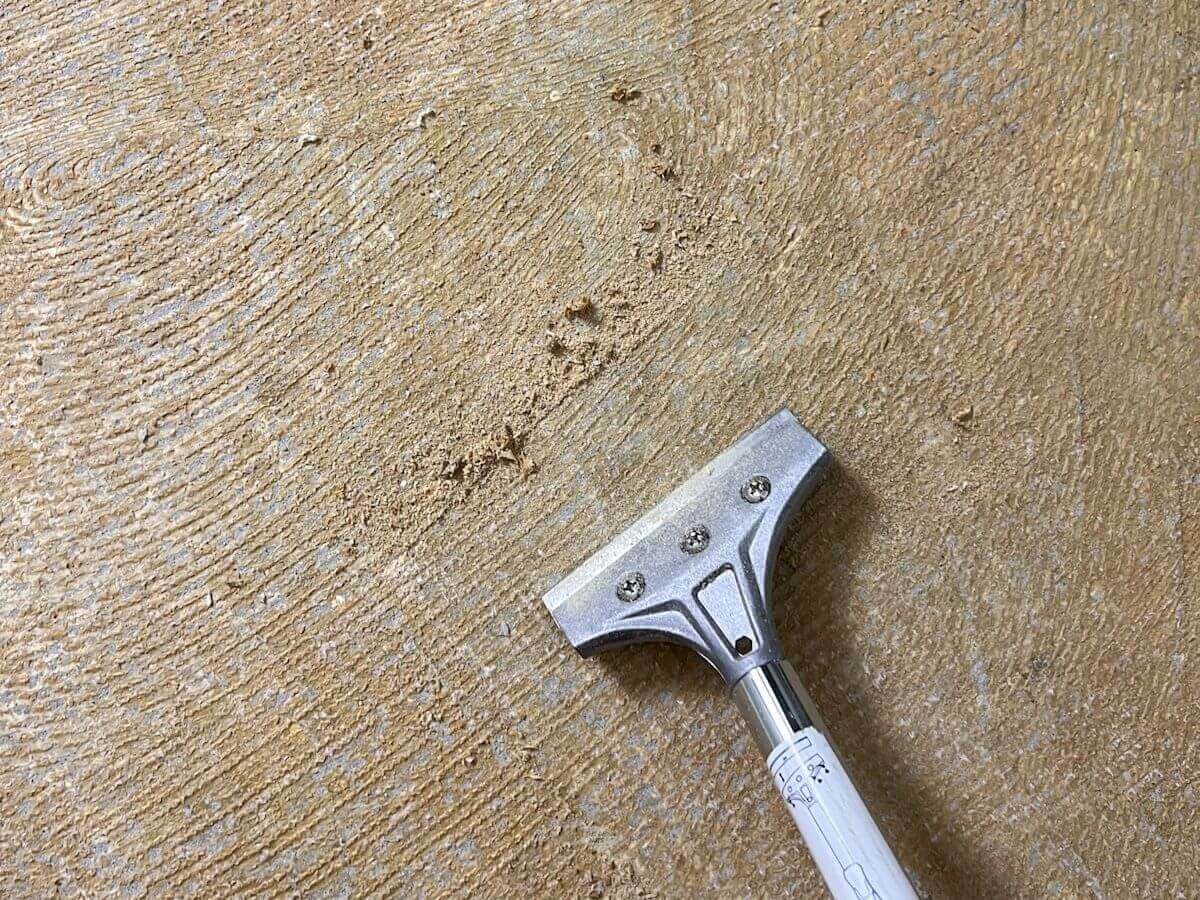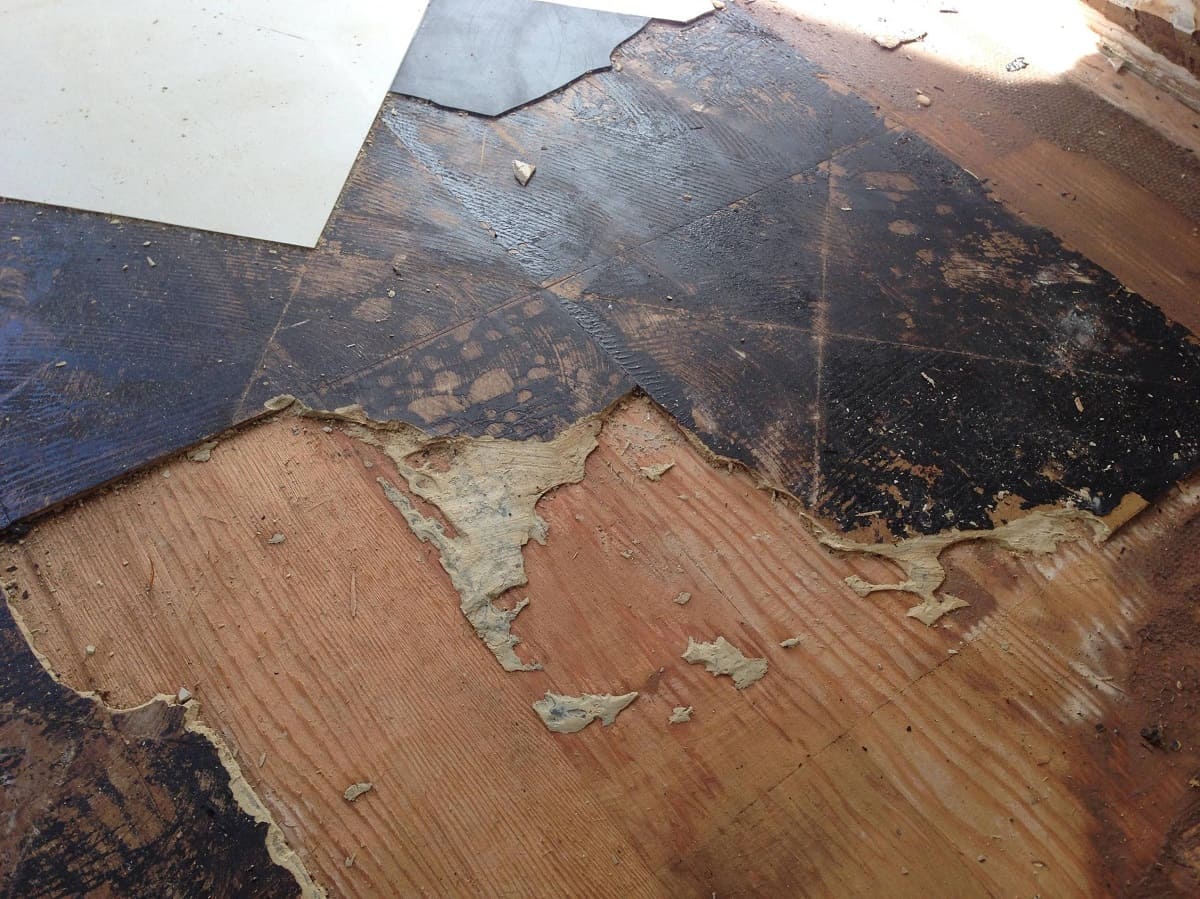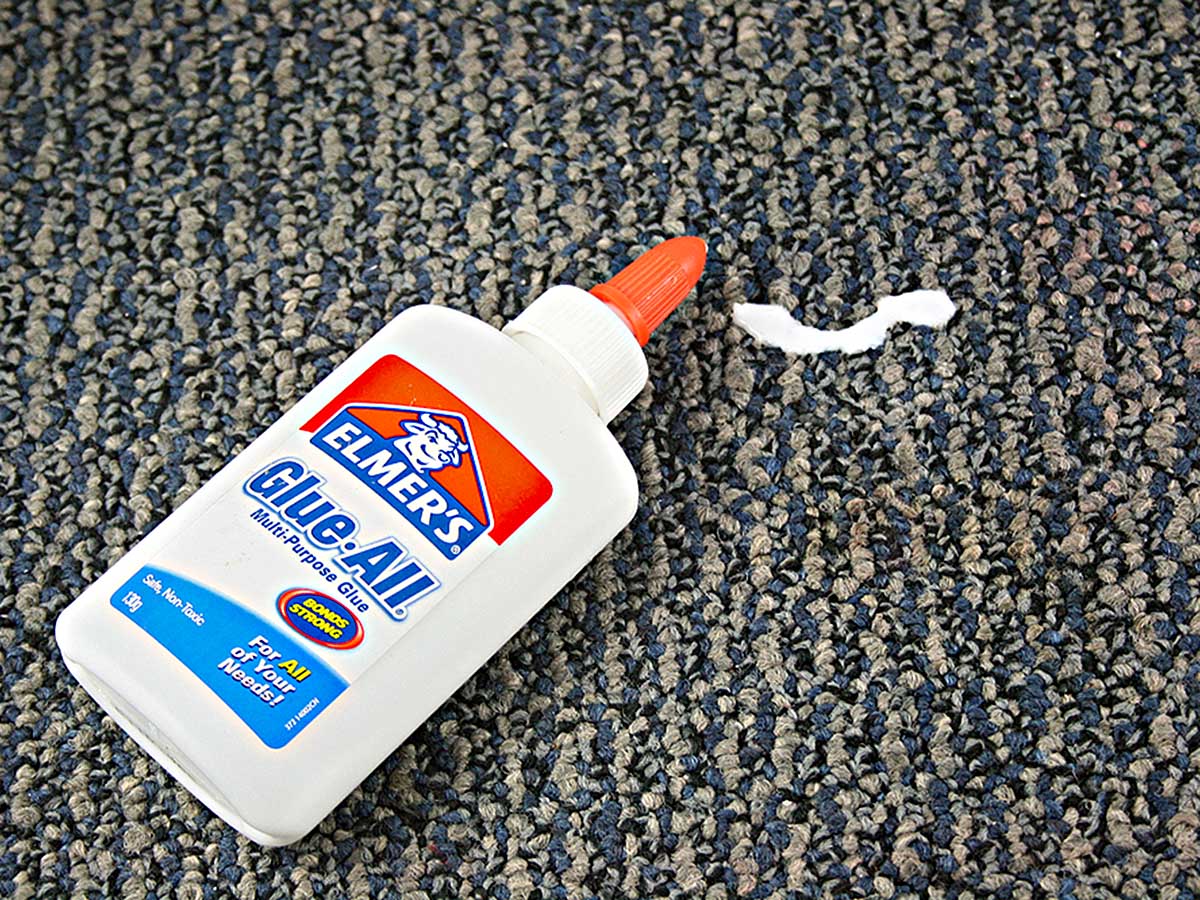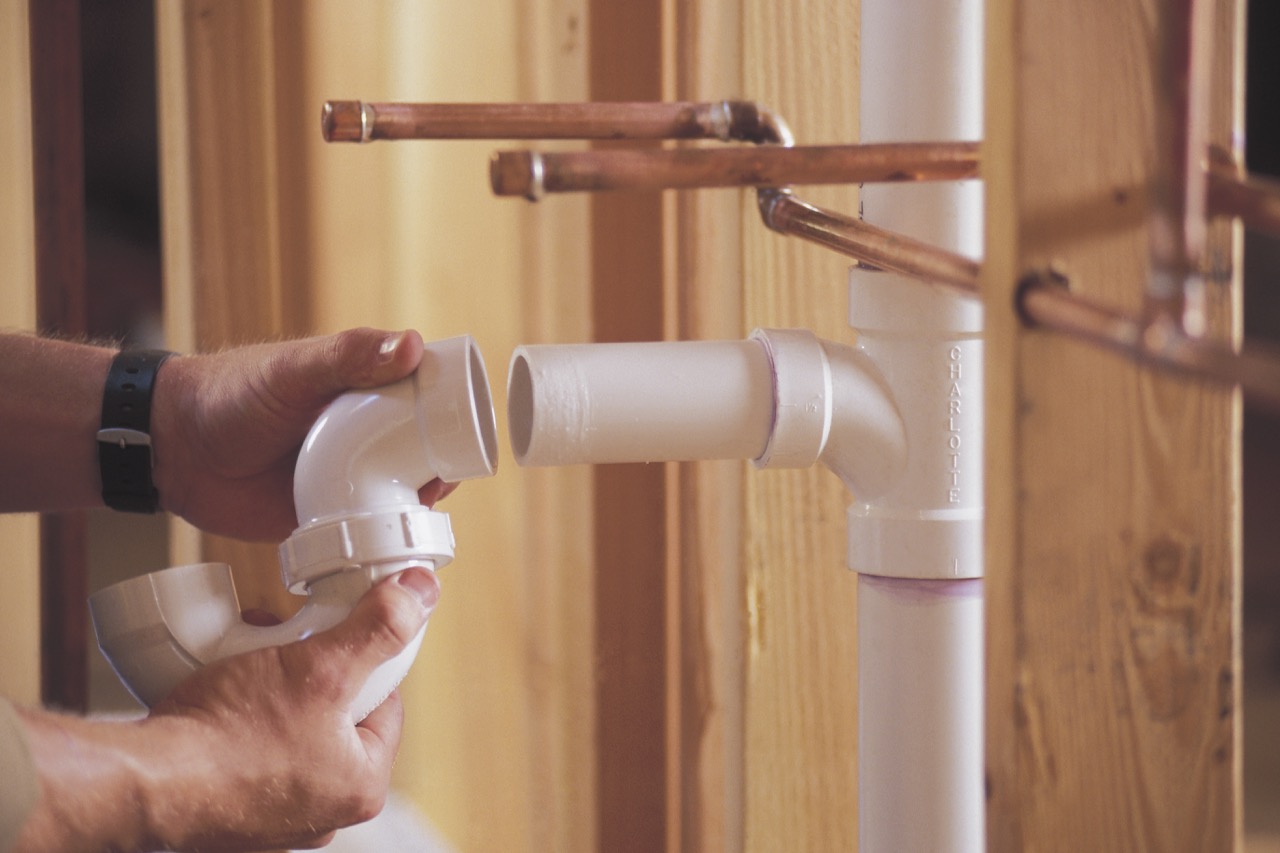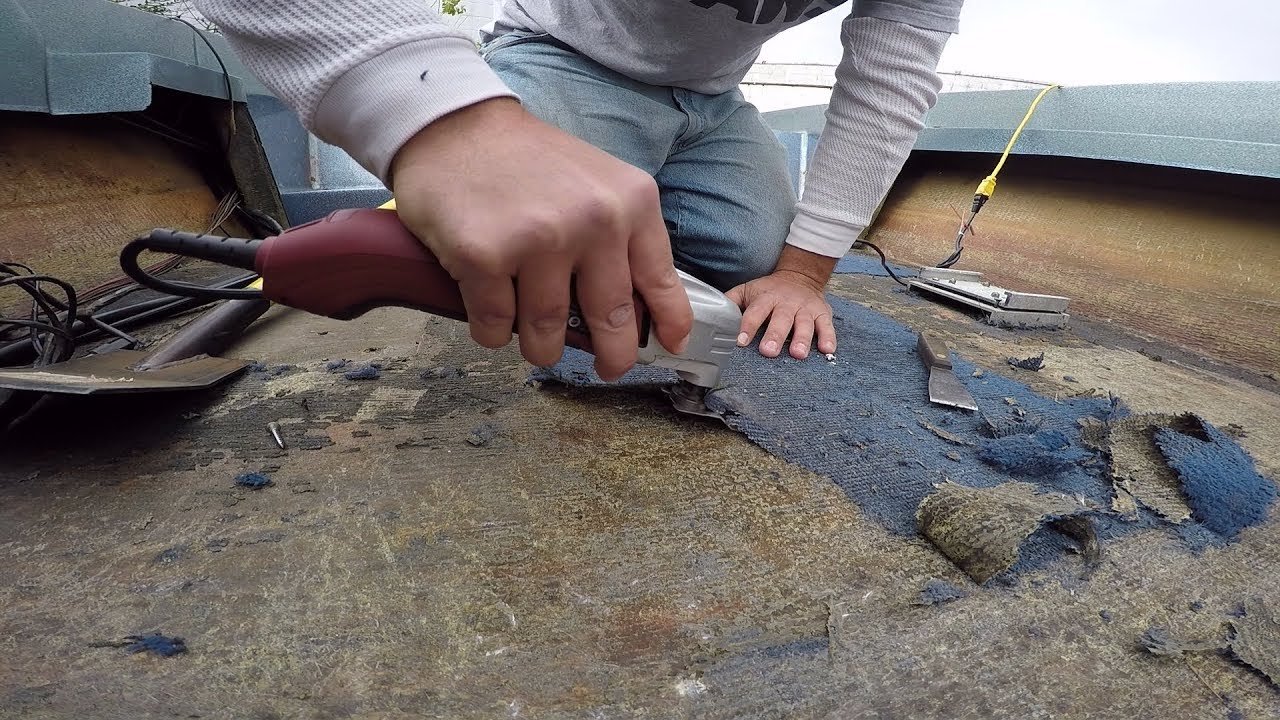

Articles
How To Remove Boat Carpet Glue
Published: December 7, 2023
Looking for articles on how to remove boat carpet glue? Find effective tips and step-by-step guides to tackle this task and restore your boat's flooring.
(Many of the links in this article redirect to a specific reviewed product. Your purchase of these products through affiliate links helps to generate commission for Storables.com, at no extra cost. Learn more)
Introduction
Boat carpet can add a touch of comfort and elegance to your watercraft, but there may come a time when you need to remove it. Whether you want to replace the carpet or give your boat a new look, the first step is to remove the existing carpet and, more importantly, the stubborn boat carpet glue that keeps it in place.
Removing boat carpet glue may seem like a daunting task, but with the right materials and techniques, it can be done efficiently and effectively. In this article, we’ll guide you through the step-by-step process of removing boat carpet glue, ensuring a smooth and clean surface for your next boat upgrade.
To begin, let’s gather the materials you’ll need for this project.
Key Takeaways:
- Removing boat carpet glue requires patience, the right materials, and meticulous attention to detail. Prioritize safety, take your time, and test solvents and tools to ensure a smooth and clean surface for your boat upgrade.
- Properly prepare the boat, apply solvent, scrape off the glue, sand the surface, and clean up residue for a successful removal process. Inspect the surface at each step and consider professional help if needed.
Read more: How To Remove Gorilla Glue From A Carpet
Gathering Materials
Before tackling the task of removing boat carpet glue, it’s important to have the necessary materials at hand. Here are the key items you’ll need for a successful glue removal process:
- Protective gear: Ensure your safety by wearing gloves, safety glasses, and a mask to protect yourself from any potential chemicals or debris.
- Solvent: Choose a suitable solvent for removing boat carpet glue. Acetone, mineral spirits, or adhesive remover are commonly used options. Check with your boat manufacturer’s guidelines to ensure the solvent is safe for use on your boat’s surface.
- Scraping tools: Gather a variety of scraping tools such as plastic putty knives, scrapers, or a razor blade scraper. These will help loosen the glue from the surface without causing damage.
- Sanding equipment: You may need sandpaper or a sanding block to smooth out any remaining residue and ensure a clean surface.
- Cleaning supplies: Have a bucket of warm water, mild soap, and a scrub brush or sponge handy to clean the boat’s surface after removing the glue.
- Towels or rags: Prepare some towels or rags to wipe away excess solvent and clean the surface thoroughly.
Once you have gathered all the necessary materials, you’re ready to move on to the next steps of preparing the boat for glue removal.
Preparing the Boat
Before you begin the process of removing boat carpet glue, it’s essential to prepare the boat to minimize any potential damage. Follow these steps to properly prepare the boat:
- Remove any loose debris: Clear the boat of any loose carpet fibers, dirt, or debris. Use a broom or vacuum cleaner to ensure the surface is clean and free from obstructions.
- Protect sensitive areas: Cover any areas of the boat that you do not want to expose to the solvent or scraping tools. This includes sensitive electronics, wooden trim, or delicate surfaces that may be prone to damage.
- Test the solvent: Before applying the solvent to the entire surface, test it on a small inconspicuous area first. This will help determine whether the solvent is compatible with the boat’s material and will not cause any harm or discoloration.
- Ventilation: Ensure the area where you’re working is well-ventilated. Open windows, hatches, or use fans to prevent the buildup of fumes from the solvent.
By taking the time to properly prepare the boat, you can protect sensitive areas and minimize the risks of damage during the glue removal process. Once the boat is prepared, you can proceed to apply the solvent and start removing the boat carpet glue.
Applying a Solvent
Now that you have prepared the boat, it’s time to apply a solvent to break down the boat carpet glue. Follow these steps to effectively apply the solvent:
- Read the instructions: Carefully read the instructions on the solvent container to understand the application process and any safety precautions.
- Apply the solvent: Using a brush or a cloth, apply the solvent generously to the boat carpet glue. Make sure to cover the entire glued area, allowing the solvent to penetrate and soften the adhesive.
- Let it sit: Allow the solvent to sit on the glue for the recommended time specified on the product. This will give the solvent enough time to dissolve the adhesive and make it easier to remove.
- Reapply if necessary: Depending on the strength of the glue and the type of solvent used, you may need to reapply the solvent multiple times to completely break down the adhesive.
- Avoid excessive saturation: Be cautious not to oversaturate the boat’s surface with the solvent, especially if you’re working with a wooden boat. Excessive saturation can potentially damage the underlying material.
Once you have applied the solvent and allowed it to work its magic, move on to the next step of scraping the glue.
Note: It is important to follow the manufacturer’s instructions and guidelines when using solvents, as they can be hazardous if not used correctly.
Use a heat gun or hair dryer to soften the glue, then scrape it off with a putty knife. Apply a solvent like acetone or adhesive remover to further dissolve the glue. Always work in a well-ventilated area and wear protective gloves.
Scraping the Glue
After allowing the solvent to penetrate and soften the boat carpet glue, it’s time to start scraping it off. Here’s how to effectively remove the glue:
- Select the right scraping tool: Choose a scraping tool that is safe to use on your boat’s surface. Plastic putty knives or scrapers are often a good option as they are less likely to cause damage.
- Begin scraping: Start scraping the softened glue gently, working in small sections at a time. Hold the scraper at a slight angle and apply steady pressure to lift and remove the glue from the surface.
- Be patient: Depending on the amount of glue and its adherence, the scraping process may require some time and effort. Take your time to ensure thorough removal without causing any damage.
- Dispose of the glue: As you scrape off the glue, place it in a plastic bag or container for proper disposal. Avoid letting the glue residue fall back onto the boat or into the water.
- Repeat if necessary: If there are areas where the glue is particularly stubborn or still stuck to the boat’s surface, reapply the solvent and repeat the scraping process until all the glue is removed.
Remember to work systematically and methodically, moving from one section to another until you have successfully scraped off all the boat carpet glue. Once the glue is removed, it’s time to smooth out the surface.
Read more: How To Remove Dry Nail Glue From Carpet
Sanding the Surface
After you’ve successfully removed the boat carpet glue, it’s important to sand the surface to ensure a smooth and clean finish. Sanding helps to remove any residual glue and prepares the surface for further treatments or applications. Follow these steps to sand the surface effectively:
- Select the appropriate sandpaper: Choose a sandpaper with a grit suitable for the boat’s material and the level of smoothness desired. Coarse grits like 60-80 are ideal for initial removal of residue, while finer grits like 120-150 can be used for a smoother finish.
- Sand in a controlled manner: Use a sanding block or wrap the sandpaper around a block to maintain even pressure and control over the sanding process. Move the sandpaper in a circular or back-and-forth motion, following the grain of the boat’s surface.
- Smooth out rough areas: Pay extra attention to any rough patches or remaining residue. Sand these areas more vigorously to ensure a uniform smoothness across the entire surface. Take breaks occasionally to feel the surface and ensure it’s becoming smooth.
- Wipe away the dust: After sanding, use a clean cloth or tack cloth to wipe away any dust or debris left behind from the sanding process. This will help ensure a clean surface ready for further treatments or applications.
- Inspect the surface: Once the sanding is complete, inspect the surface for any remaining glue or rough patches. If necessary, repeat the sanding process in those areas until you achieve the desired smoothness.
By sanding the surface, you not only remove any leftover residue, but you also create a clean canvas for any future applications, such as painting or applying a new boat carpet. With the surface properly sanded, it’s time to clean up the residue and prepare for the finishing touches.
Cleaning Up the Residue
After removing the boat carpet glue and sanding the surface, it’s crucial to clean up any residue or debris to achieve a polished finish. Here’s how you can effectively clean up the residue:
- Prepare a cleaning solution: Fill a bucket with warm water and add a mild soap or detergent. Mix it well to create a soapy solution that will help break down any remaining residue.
- Use a scrub brush or sponge: Dip a scrub brush or sponge into the soapy solution and gently scrub the boat’s surface. Focus on areas where glue residue may still be present, and take care not to damage the surface while scrubbing.
- Rinse the surface: After scrubbing, rinse the boat’s surface thoroughly with clean water to remove the soapy residue and any remaining glue particles.
- Inspect the surface: Take a close look at the entire surface to ensure no residue or debris are left behind. If you notice any stubborn spots, repeat the cleaning process in those specific areas.
- Dry the surface: Use clean towels or rags to dry the boat’s surface completely. Moisture left on the surface can lead to mold or other issues, so make sure it is thoroughly dried.
Once the surface is clean and dry, you can further inspect it for any imperfections or remnants of glue that may require additional attention. With the residue cleaned up, your boat is now ready for the finishing touches or the application of a new carpet.
Final Thoughts
Removing boat carpet glue can be a challenging task, but with the right materials, techniques, and attention to detail, you can achieve a clean and smooth surface for your boat. Here are a few final thoughts to remember:
- Prioritize safety: Always wear protective gear, work in a well-ventilated area, and follow the manufacturer’s instructions when using solvents or scraping tools.
- Take your time: Removing boat carpet glue requires patience and effort. Don’t rush the process and be meticulous in your approach to ensure thorough removal without causing damage.
- Test and adapt: Test solvents and scraping tools on a small area before proceeding to the entire surface to avoid any potential damage or discoloration.
- Clean and prepare: Properly clean up the residue and prepare the surface before moving on to subsequent steps, such as sanding or applying new materials.
- Inspect the surface: After each step, inspect the surface to ensure that all glue residue has been removed and the boat’s surface is smooth and ready for further treatments.
- Consider professional help: If you’re unsure about removing boat carpet glue or if the job seems too complex, it’s always best to seek professional assistance to avoid potential damage to your boat.
Remember, removing boat carpet glue requires a combination of patience, the right tools, and proper techniques. By following the outlined steps and taking the necessary precautions, you can successfully remove the glue and have a clean and ready surface for your next boat upgrade or renovation.
Now that you’re equipped with the knowledge to remove boat carpet glue, grab your materials and get ready to transform the look and feel of your boat!
Frequently Asked Questions about How To Remove Boat Carpet Glue
Was this page helpful?
At Storables.com, we guarantee accurate and reliable information. Our content, validated by Expert Board Contributors, is crafted following stringent Editorial Policies. We're committed to providing you with well-researched, expert-backed insights for all your informational needs.
